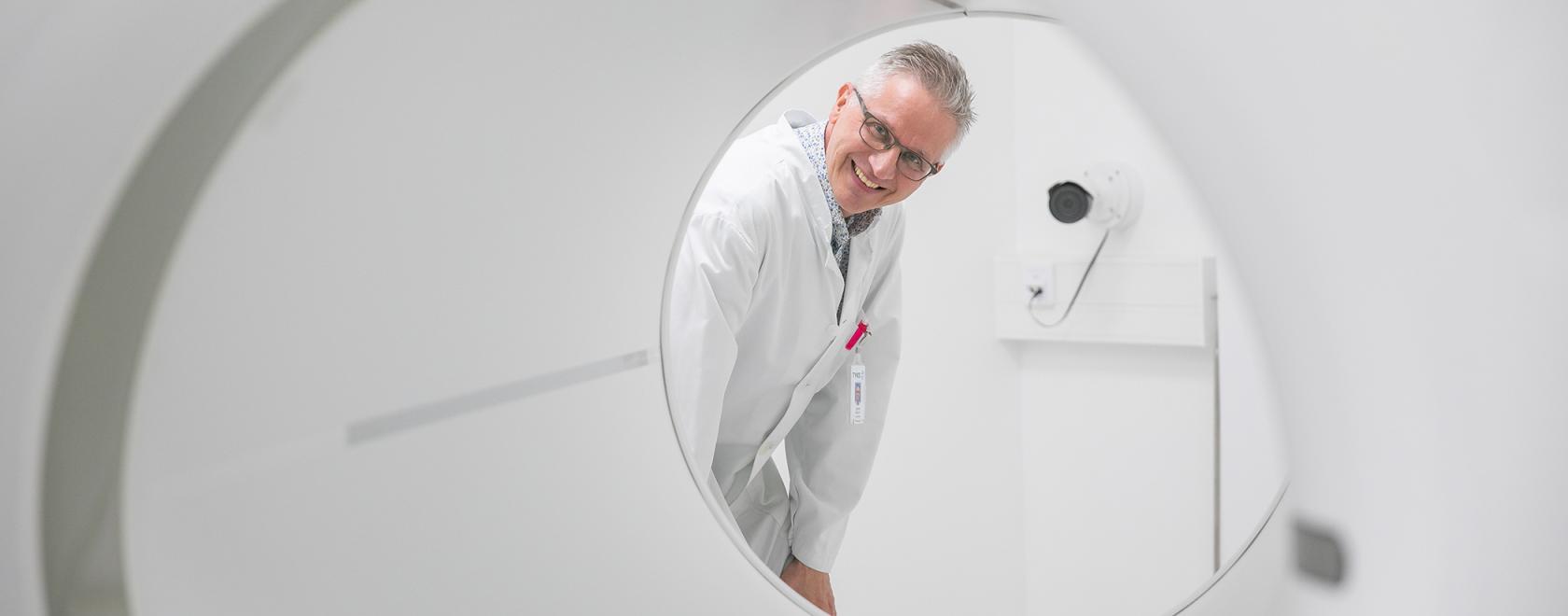
Cardiovascular diseases are widespread in Finland. Although they have caused less fatalities since the 1970s, they are still responsible for nearly half of deaths in Finland’s working-age population. The most common cardiovascular diseases are coronary artery disease, heart insufficiency, and cerebrovascular disease.
The Finnish Cultural Foundation’s assets consist of donations and bequests received over the last 80 years. Many donors have wanted to support medical science or specifically cardiovascular disease research.
“Their donations have now enabled several simultaneous large grants to research, although large grants in this field are otherwise relatively rare in Finland”, says Mikko Niemi, member of the Board of Trustees of the Finnish Cultural Foundation and professor of pharmacogenetics at the University of Helsinki.
Applications for the cardiovascular disease research grants could be submitted during the Finnish Cultural Foundation’s regional funds’ application round in January. Grants were awarded to six projects.
Professor Juhani Knuuti and the KOVERI research project (Turku PET Centre) received €264,500 for research on imaging changes in other organs related to coronary artery disease. The research is producing unique information on the interaction between the heart and other organs and on the changes caused by coronary artery disease in the blood circulation of other organs.
Gene therapy opens up new possibilities for treating many serious diseases. Professor Seppo Ylä-Herttuala and a research group at the University of Eastern Finland’s Faculty of Health Sciences received €200,000 for research on developing gene therapy for improving the treatment of heart failure and the treatment of ischemia-reperfusion injury caused when opening up blocked coronary arteries.
Adjunct professor Katariina Öörni and a research group at the Wihuri Research Institute received €180,000 for research on the reasons for the qualitative characteristics of lipoproteins and research on their effects on the development of cardiovascular diseases. The research project can help improve individual risk analysis and help direct treatment to individuals that benefit the most from it.
Professor Katriina Aalto-Setälä and a research group from the University of Tampere’s Biomeditech (€168,000) are studying the modelling of cardiac ischemia and hereditary heart diseases using stem cells and iPS cell technology, Professor Jussi Hernesniemi and the AFFELECT research group (Tampere University’s Faculty of Medicine and Health Technology, €108,000) are studying the acute treatment of randomised and controlled clinical atrial fibrillation and flutter, and Professor Marja Hedman and her research group (University of Eastern Finland’s Faculty of Health Sciences, €79,500) are studying the prediction of aortic rupture by means of mathematical modelling.
Science knows no regional boundaries
The Finnish Cultural Foundation impacts every corner of Finland through its 17 regional funds. The regional funds are responsible for nurturing and developing the culture of their region.
“One million euros for cardiovascular diseases were collected from 14 donor funds in the areas of ten regional funds, and applications for the grants could be submitted throughout Finland. The aim was to get applications from larger research projects and to achieve effectiveness”, says Antti Niskanen, the fund officer in charge of the application process.
Of the one hundred applications received, some were directed to the normal evaluation of the regional funds, where it was felt they had better chances of success than in the application process meant for bigger cardiovascular disease projects.

